Memory Steer
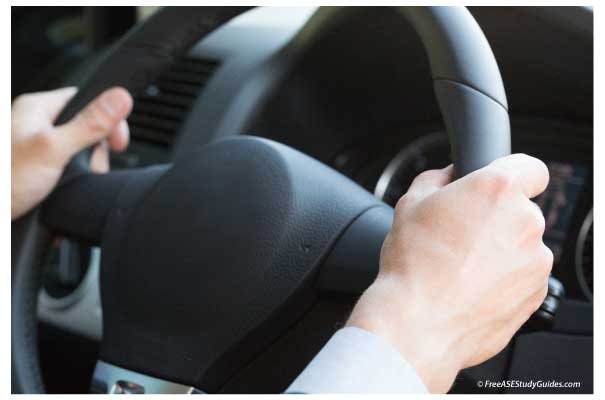
Memory steer occurs when a vehicle continues to pull to the left or right after completing a turn in that same direction. If the wheel does not return as specified, damaged or binding steering or suspension components are typically at fault for this condition.
Strut Bearing and Mounts
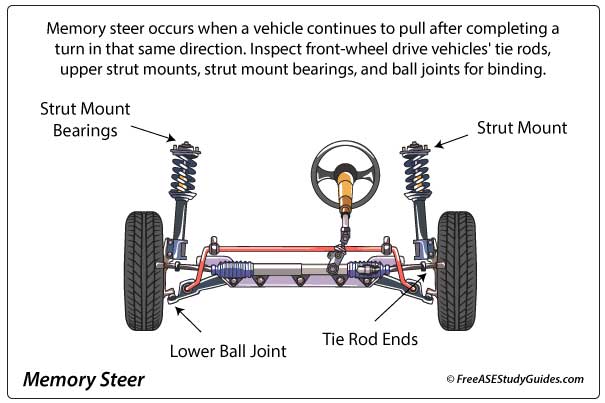
The strut bearing and mount are load-bearing components. Much of the vehicle weight and inertia transfers to the upper strut mount. Worn and binding bearings in the strut towers result in memory steer. Always use care when compressing strut springs while replacing these parts.
Binding Steering Linkage
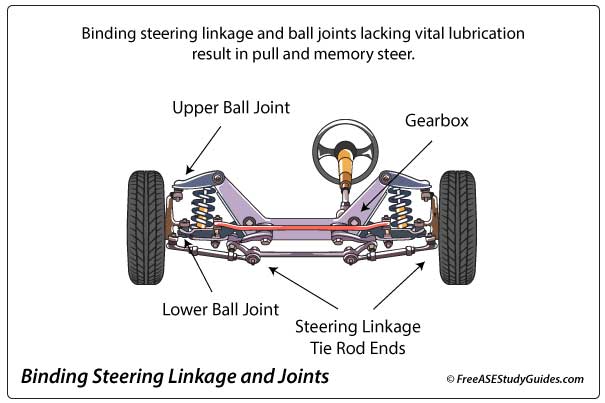
Binding front-end linkage also causes memory steer. Check the tie rod ends, idler arm, and other linkages for binding. Be careful when installing these parts because some vehicles require the wheels to be straight on the final torque. If the wheel is not straight on the final torque, the tie rod acts as a spring, returning it to the turned position. Most manufacturers require the control arm bushing's final torque with the vehicle on the ground.
Binding Ball Joints
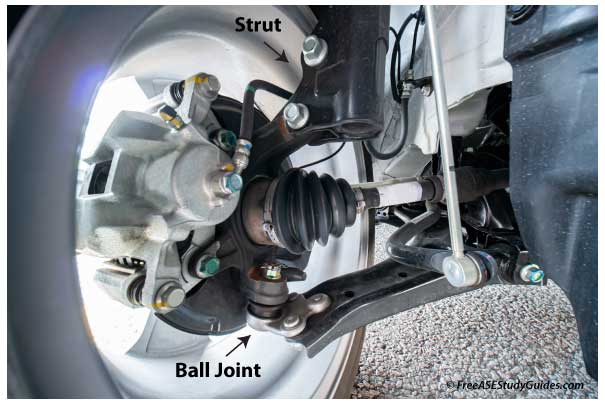
Binding ball joints cause memory steer. Short-arm long-arm suspensions have ball joints on the upper and lower control arms. MacPherson struts have ball joints attached to the lower control arm. Ball joints wear, and the protective dust boots tear, causing them to lose lubrication and bind.
Power Steering Rack
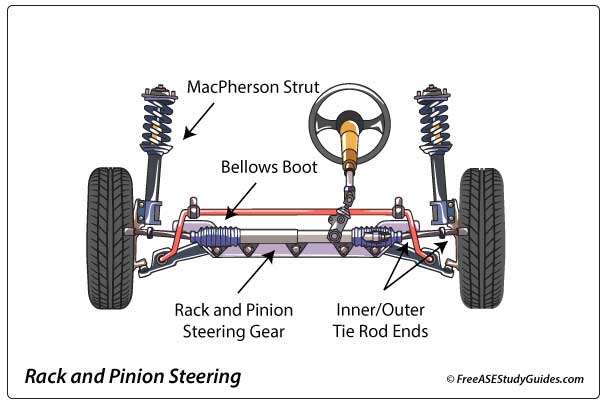
An unbalanced power steering rack can cause memory steer. Pressure bleeding from the seal on one side of the rack causes imbalance and steering pull after a turn. A binding gear or universal joint/flexible coupling will result in a poor steering wheel return to center.
Inspect front-wheel drive vehicles' upper strut mounts, bearings, and ball joints. Check the adjustment of parallelogram steering systems' gearbox sector and worm gear. Check all pivot points in the front end. Worn front-end parts and lack of lubrication can also cause this condition.